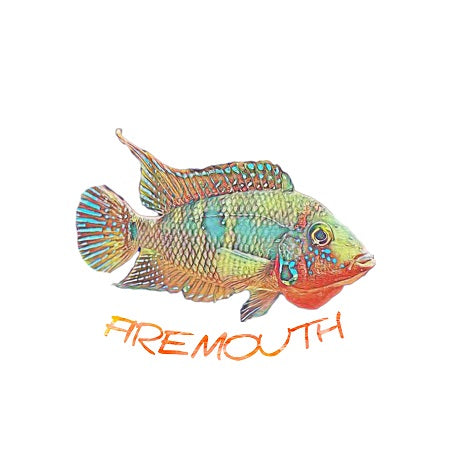Example of Tanganyika Aquarium of 80*35*20cm
Compartir
Before starting I would like to thank Miguel Pizarro for offering both his aquarium and his photographs for this article, you can find his Instagram at Pizarro.photography and his website at www.miguelpizarro.es

It is a simple aquarium, perfect for all types of aquarists who have little time available due to its ease of maintenance.
We are talking about the Tanganyika aquarium, an aquarium with a lot of character and great visual appeal thanks to its multiple possibilities for working on its Hardscape. In addition to the physical aspects, you will also find a unique behavior in fish, where they will interact with the possibilities of their environment to apply their vital functions.

Below we show you what you will need to create an aquarium with these characteristics.

On the one hand, it is a type of environment where fish are comfortable with hard water, so using elements that increase the hardness of the water can be very useful.
In this 80*35*20cm aquarium, silica sand with crushed shells has been used, in addition, about 15kg of Seiryu Rock from the Riverest Rock brand have been used. 

A rock that slightly modifies the parameters by increasing the hardness, giving a very interesting contribution to this type of aquarium. In addition to this, shells have also been used since in the lake we find areas completely covered by these, mostly by the Neothauma species. A filter-feeding snail that lives exclusively in the lake and the remains of its shells have generated the sediment of the Lake over hundreds of thousands of years.
It is also perfect for this setup since since it is a low-rise aquarium, Miguel decided to use the beautiful Lamprologus Similis as the protagonist of the urn.

These little Lamproguinos are from the famous family of shell cichlids, fish that live and reproduce near and inside these shells.


They also create a harem and their behavior is quite a spectacle, since with the shells they define the territory and the males try to obtain the best ones and to do so they fight against other males to keep the greatest number of them.

In addition to these wonders, he also opted for a trio of Altolamprologus Sumbu Shell, thus avoiding recreating a specific aquarium.

Altolamprologus Sumbu Shell are, as their name suggests, a genus of Altolamprologus that also live in shells, which makes them perfect for this type of aquarium.
In electronics, Miguel has two Tidal 35 Filters installed, one at each end of the aquarium.

For this aquarium you will only need a water conditioner such as Prime to use with tap water, and the ideal is to maintain an average temperature of 25°C and regular water changes.
Regarding the feeding of these fish, we can use a diet with DKI and some varied frozen food to complement.
It is possible that Miguel achieves a balance and, in case the Similis reproduce, they can prey on some fry and thus ensure that the aquarium maintains an acceptable population.
If you liked the article, subscribe to our website and get all the information and offers available for your hobby🔥

1 comment
Brutal